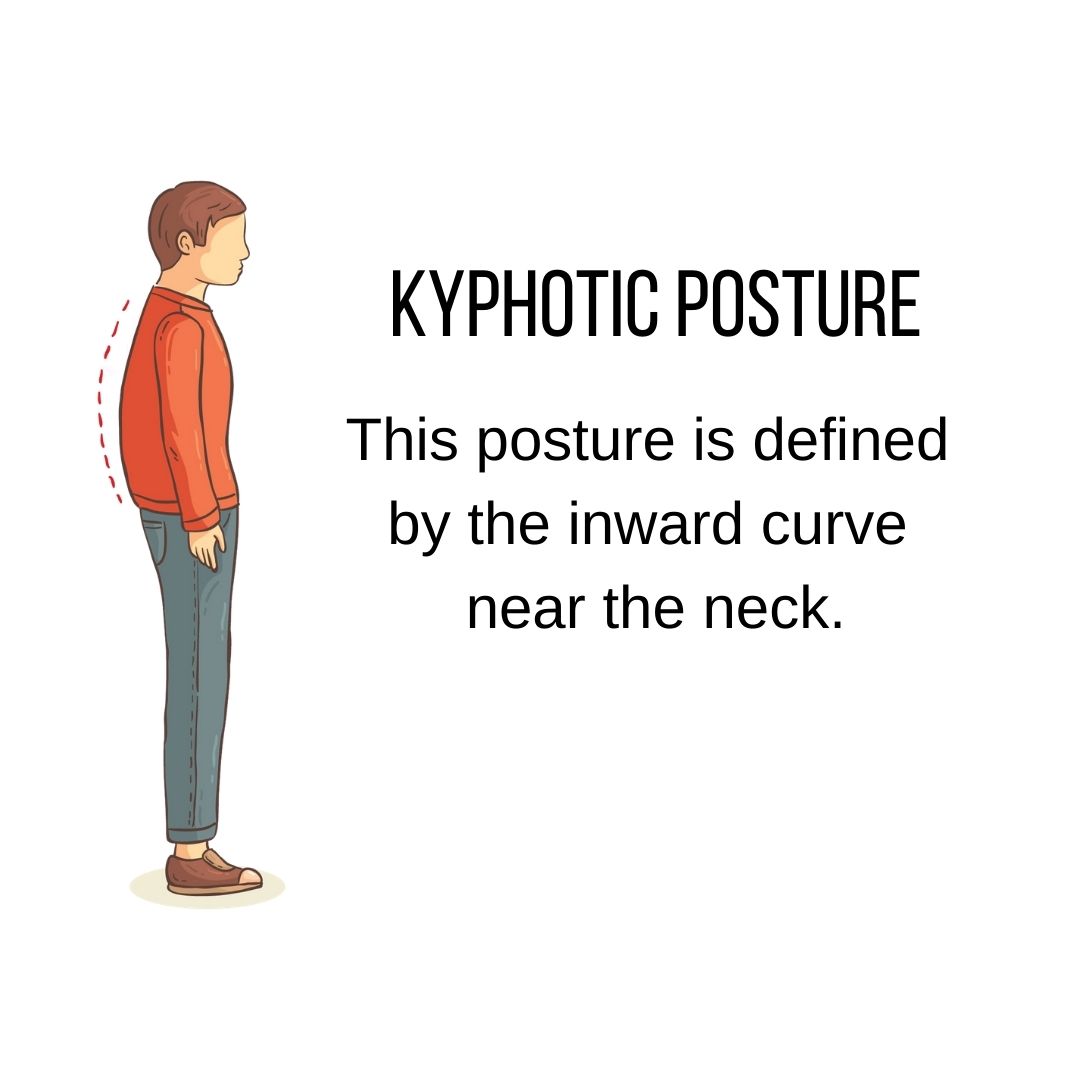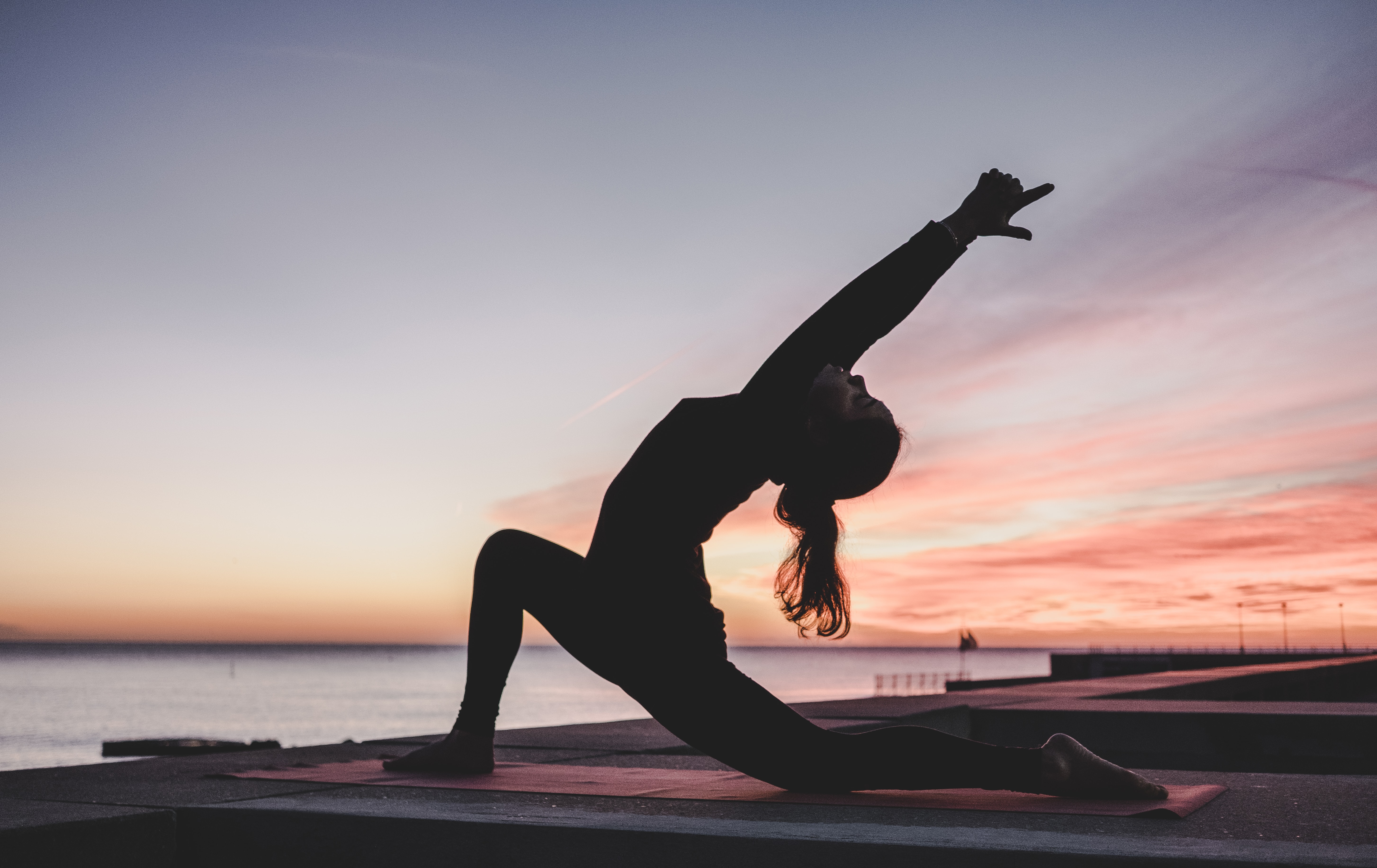Photo by Simone Pellegrini on Unsplash
How To Identify
A Kyphotic posture can be identified by an excessive outward curve in the upper back. Kyphosis refers only to the upper spinal region, which can be seen in conjunction with another posture in the lower spine. We can see from the picture below that the spine is hunched over forward, shoulders are protracted and the head is positioned forward.These signs are much more visible from the side view. In this blog, you will learn the effects of postural Kyphosis and how you can improve it.

Designed by freepik.com
Postural Kyphosis is commonly noticed in adolescence and is associated generally with slouching or poor postural habits. It may cause back pain, a hunched upper back and in some cases even fatigue.
Making Corrections
To correct the muscle imbalance present within this posture, we need to identify the tight and weakened muscles. Focusing on areas such as the shoulder blades, thoracic spine and neck muscles can help reduce tension.
The Rhomboids, Upper Trapezius and the Lats muscle are quite weak and need strengthening.
To strengthen these muscles, you can perform some of the following exercises:
- Superman Stretch
- Dumbbell Row
- Prone Cobra Stretch
- Wall Press
The Pectoral muscles, Subclavius, Upper Abs, SCM muscle and the muscles found in the back of the neck are tight and need stretching.
You can release the tension in these areas by carrying out some of the following stretches:
- Bent-arm Wall Stretch
- Side Bend
- Seated Rotation
- Foam Rolling (particularly along the upper spine)
What Else Can I Do About It?

You can improve your Kyphosis through regular exercise and massage. By booking in with your Personal Trainer, they will show you effective techniques to increase strength and mobility. Massage Therapy also releases the tension helping you to regain balance within the muscle groups.
We highly recommend our prepaid monthly packages which include 4 x 60min PT Sessions (or Pilates Sessions) and 1 x 60min Massage. This is to focus on strengthening those weaker muscles and loosening the tight ones.
Let us know how your posture journey goes!



